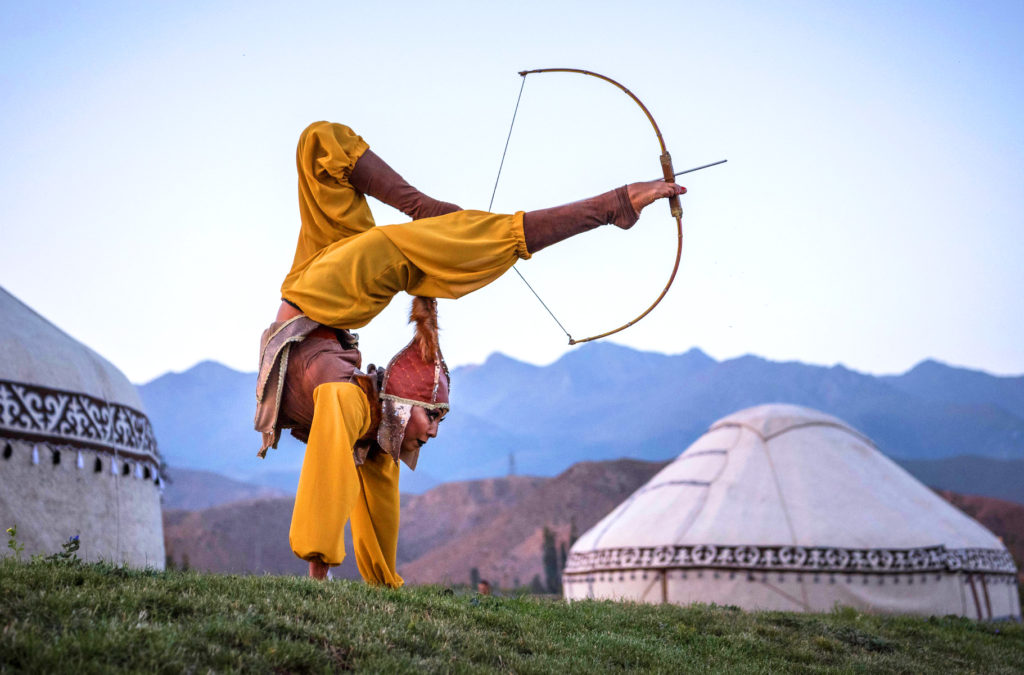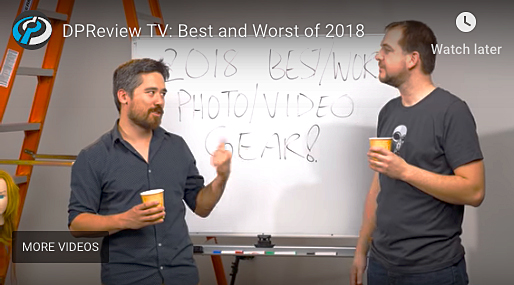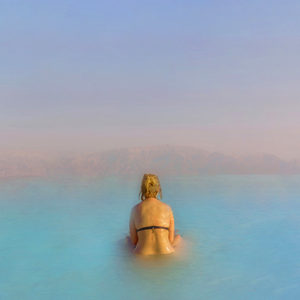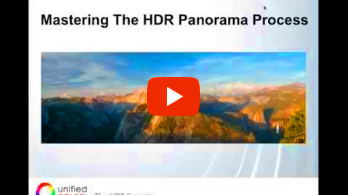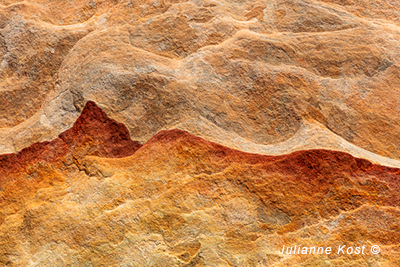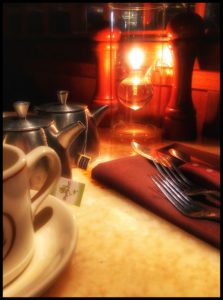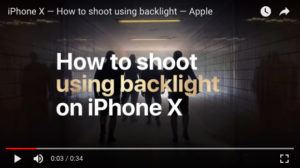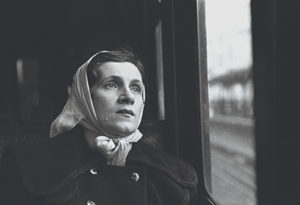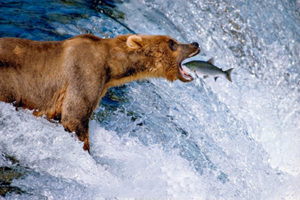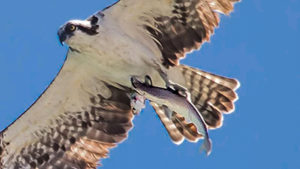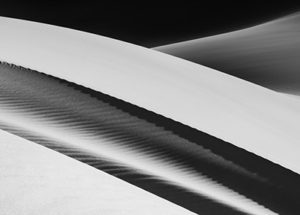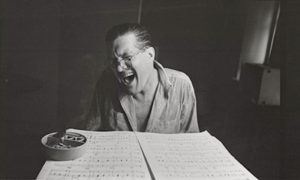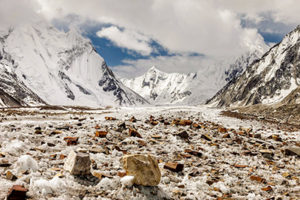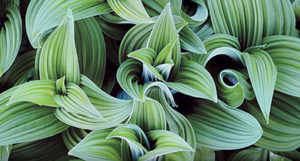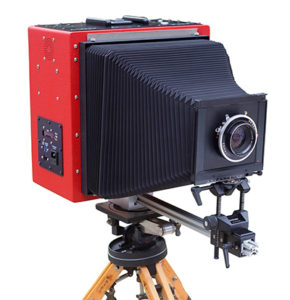Hello again. We hope you’re taking advantage of the sketchy winter weather. The best time to get mood into your images is when the weather is challenging. Snow showers, clearing storms and even rain can add that little extra that makes your photographs stand out. This month we start with a great article on shooting wildlife in the snow that is full of good technique advice. We follow with a look at a new Olympus camera and a whole bunch more. Let’s get going.
Shooting Birds In Flight In Snow (Great technique info)
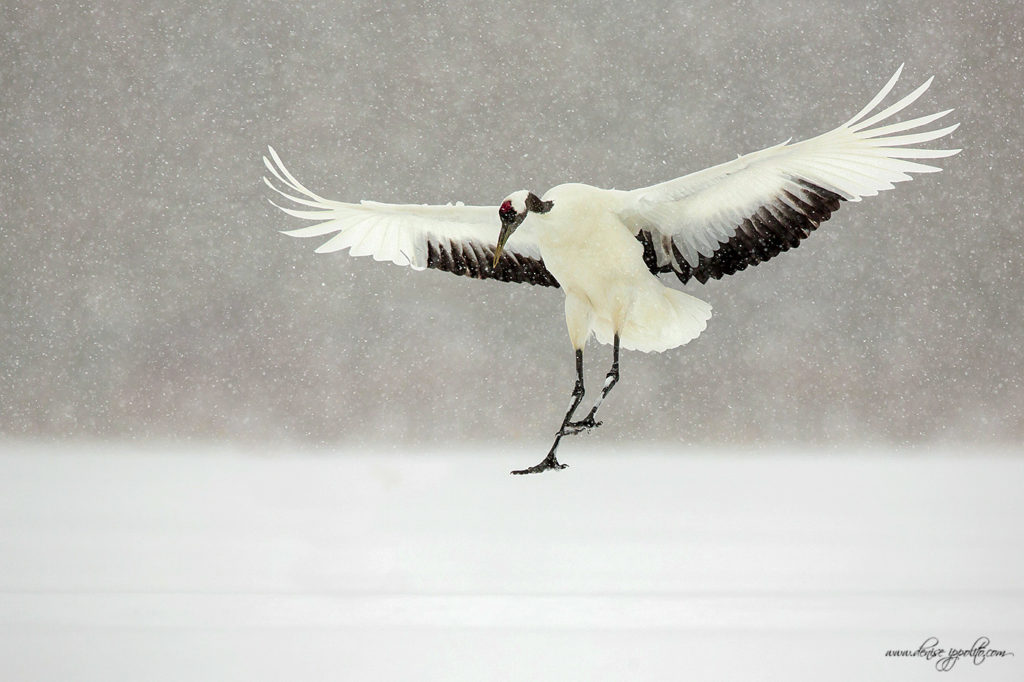
This article is a step up from your normal how-to photo article. In addition to being adorned with fabulous photos the article gets into the nitty gritty of shooting fast-moving wildlife. The lessons that nature photographer Denise Ippolito deliver get specific and immediately applicable to shooting wildlife and can be extended to shooting sports as well. She reveals exact shutter speeds, apertures and ISOs and she discusses EV compensation for those rare times when she’s not shooting manual. As a bonus, Ippolito discusses the various renderings of snowflakes as a function of your camera settings.
Get the techniques HERE.
Visit Denise Ippolito’s website HERE.
Olympus E-M1X Review
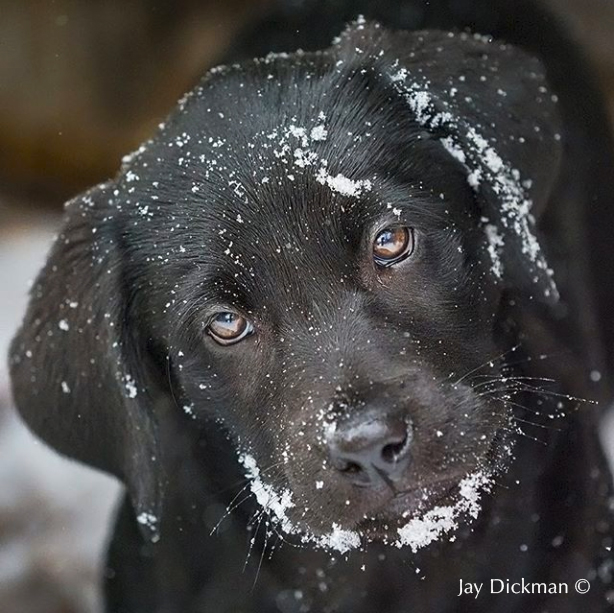
Subject specific focusing has finally made its way into high-end digital cameras. The Olympus E-M1X ships with algorithms created via machine learning to instantly recognize and fast focus on faces, cars, trains, snowmobiles and more. While the actual machine learning happens in the Olympus development labs, updated algorithms created during the development process can constantly be updated to the camera through firmware updates. This just may turn out to be the best technology to arrive for sports and wildlife shooters ever.
By the way, the image quality of this camera appears to be incredible as this image by Olympus Visionary Jay Dickman shows. Even in this Internet resolution example the nuances in the dark areas are amazing.
Read about the newest camera HERE
Check out Jay Dickman’s awesome website HERE
9 YouTube Landscape Photographers You Should Follow

If you’ve ever screeched to a stop, and parked your car by the side of the road because you caught a fleeting view of a potentially great landscape shot, you’re not alone. As you pull your gear out of the trunk and start the march into the wilderness you say to yourself, “I’ve got to be crazy”. Well, you’re not crazy and here is a collection of videos by accomplished landscape photographers that will prove you’re just like them. You can just watch the videos embedded into this article or you can click through to each photographer’s YouTube site. You’ll come away knowing you’re actually a sane artist.
See the videos HERE
Shooting The Same Red Cabin Over The Years

Good fortune will eventually come to the persistent or, so believes, Ole Henrik Skjelstad. He is a landscape photographer living and working in Norway and he’s a perfect spokesman for tenacity in photography. In 2013 he discovered a classic red cabin adjacent to a watershed. It was a scene that spoke to him and inspired him to return again and again. His photographs capture a wide range of weather conditions and show us all that returning to a location can produce wonderful images.
Discover how the seasons change your images HERE
Trekking The World With A 500mm Lens
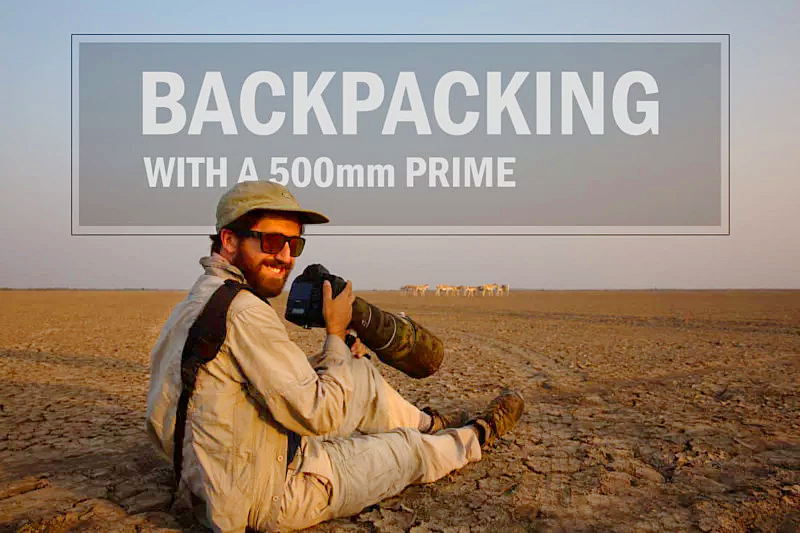
Just quit your job, bail out of your apartment and hit the road for a couple of years. It’s a scenario a lot of young folks entertain and this couple actually did it. But, why would they add a 7 lb. piece of glass to their bag and schlep it through airports, train stations and backcountry treks? For this couple it was all about wildlife photography. Check out this article to learn about dealing with overweight carry-on equipment bags, possible theft and gear durability on a two-year adventure.
Check it out HERE
10 Innovations From CES You Need To Know

There’s no better way to determine the prevailing winds of electronic device development than checking out the Consumer Electronics Show held each January in Las Vegas. Since cameras are now electronic devices themselves and must interact with a universe of screen, storage and peripheral devices it’s in our interest to keep up with what’s new. Here’s a list of devices from the 2019 show that impact photographers.
Get the news HERE
Looking For A Great Wide Angle Zoom On A Budget?
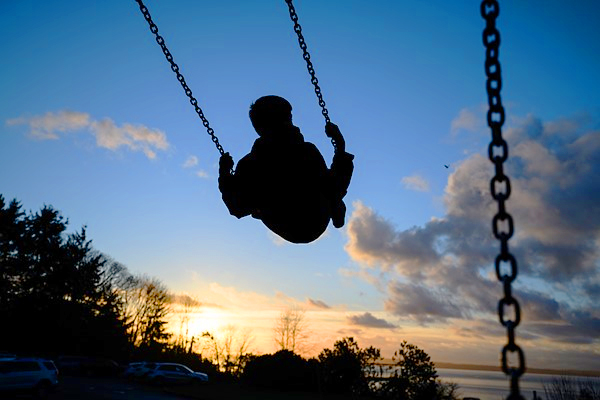
If you’re an aspiring landscape photographer, street shooter, photojournalist or commercial photographer you need a fast, wide-angle lens. Such a lens from the major camera makers will set you back more than just a few bucks. Tamaron has been making some fantastic lenses that can go head-to-head with major brands at much friendlier price points. For a wide angle zoom consider the Tamron 17-35 f2.8 reviewed in this article.
Check it out HERE
